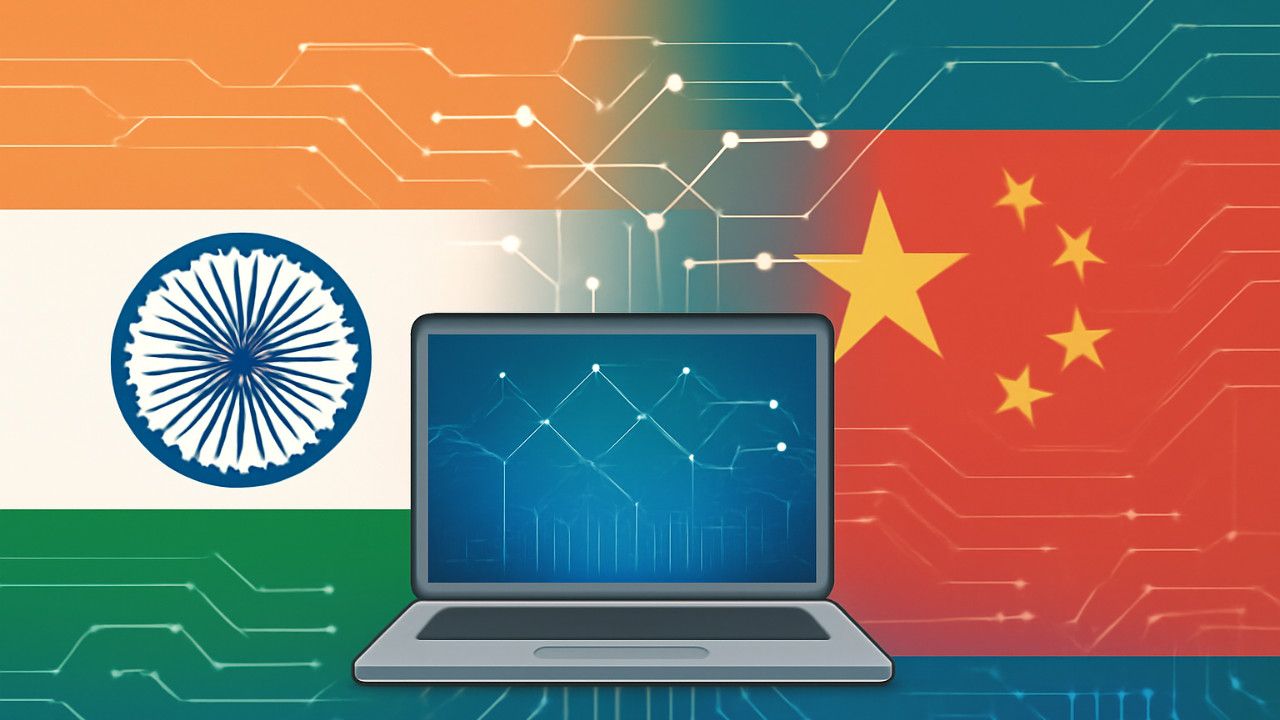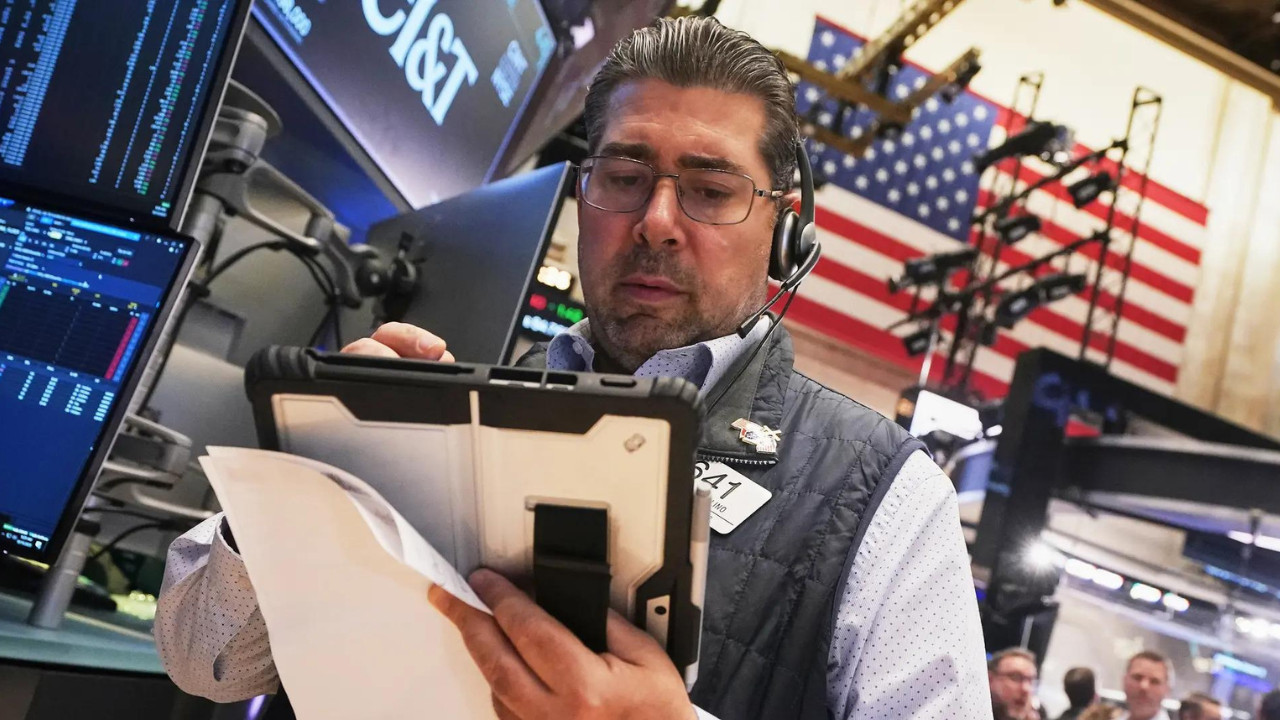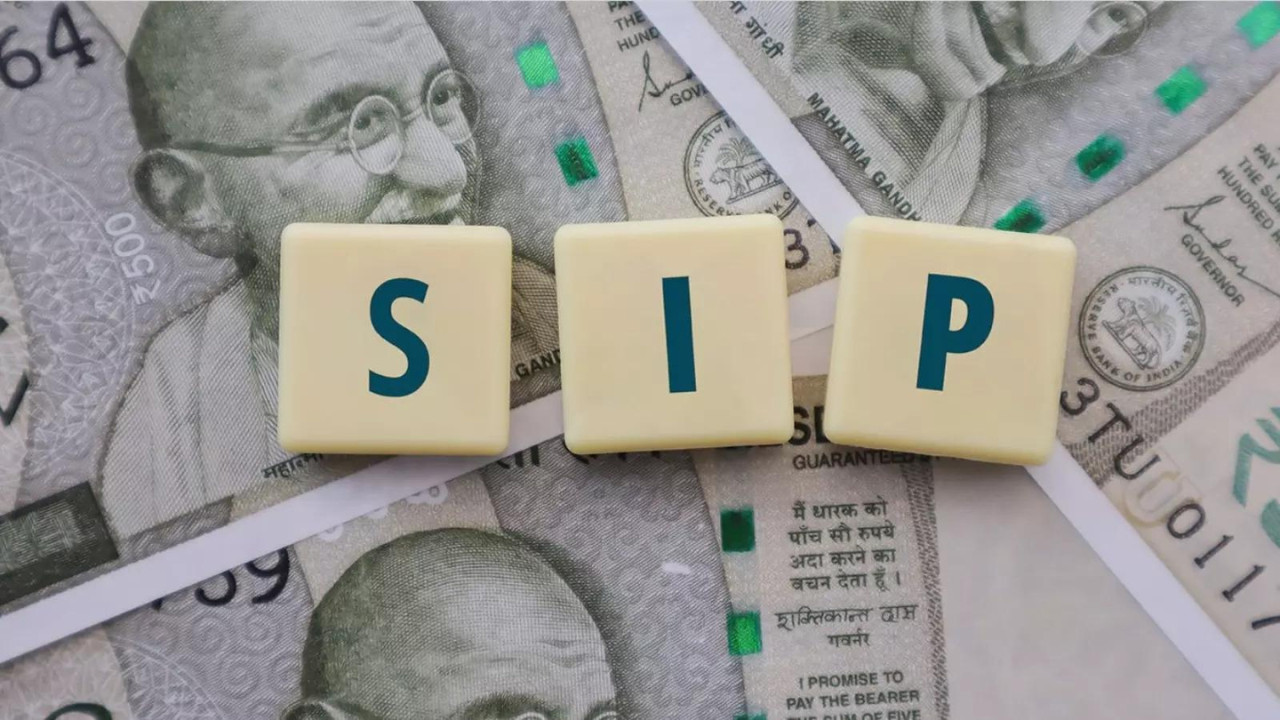Ahead of Prime Minister Modi’s China visit, Beijing is reportedly delaying approvals for India-China partnership agreements, especially those involving technology transfers. Deals like Haier India’s stake sale and PG Electroplast’s compressor technology transfer are facing scrutiny. This caution extends to the automotive sector, particularly EV technology sharing, impacting Indian companies’ expansion plans.
Is China Erecting New Barriers to Trade? A Deep Dive
The relationship between India and China, a complex dance of economic interdependence and geopolitical tension, seems to be entering a new, potentially fraught, phase. Whispers are turning into murmurs, and those murmurs are now solid reports: Beijing appears to be dragging its feet on approving investments and collaborations from Indian companies, particularly in sectors involving technology transfer. This isn’t just about bureaucratic red tape; it could signal a strategic shift with significant ramifications.
Several Indian firms, including prominent names like PG Electroplast and even global giants like Haier (which has substantial Indian operations), are reportedly caught in this approval bottleneck. These companies are awaiting the green light from Chinese authorities for various ventures, from setting up manufacturing facilities to transferring crucial technologies. The common thread? Each project touches upon sensitive technological areas that Beijing is increasingly protective of.
<img src="image-url-here.jpg" alt="An aerial view of factories in China, representing China’s Trade concerns.”>
What’s Behind the Hesitation?
While official statements remain diplomatic, the underlying reasons for this slowdown likely stem from a confluence of factors. First and foremost, China is intensely focused on achieving self-sufficiency in key technological domains. The “Made in China 2025” initiative underscores this ambition, aiming to transform the country into a global leader in areas like artificial intelligence, semiconductors, and advanced manufacturing. Approving deals that readily transfer cutting-edge technologies to foreign entities might be seen as undermining this strategic objective.
Secondly, broader geopolitical considerations are undoubtedly at play. The border dispute between India and China continues to simmer, and trade has become an increasingly visible pressure point. By selectively delaying approvals, Beijing could be subtly signaling its displeasure and attempting to exert leverage. It’s a delicate balancing act, however, as overtly protectionist measures could damage China’s own reputation as a reliable trading partner.
Impact on Indian Businesses and the Economy
The consequences of this slowdown could be far-reaching for Indian businesses. Delayed approvals can lead to missed market opportunities, increased costs, and ultimately, reduced competitiveness. Companies that have already invested significant resources in planning and preparing for these ventures now face uncertainty and potential losses. Furthermore, it creates a chilling effect, potentially deterring other Indian firms from pursuing collaborations with Chinese entities in the future.
For the Indian economy as a whole, this situation highlights the vulnerabilities of relying too heavily on a single trading partner, especially one with whom geopolitical tensions exist. Diversifying trade relationships and fostering indigenous technological development become even more crucial in this context. Investing in research and development, supporting local innovation, and strengthening ties with other nations are vital steps to mitigate the risks associated with this evolving trade dynamic. See our article on [India’s emerging tech sector](/indian-tech-growth) for more on this.
Navigating the New Landscape of China’s Trade
So, what can Indian businesses do to navigate this increasingly complex landscape? Proactive engagement is key. Companies should thoroughly understand the regulatory environment in China, including the specific approval processes and potential roadblocks. Building strong relationships with local partners and seeking expert legal advice can also help to navigate the bureaucratic maze.
Transparency and open communication are equally important. Companies should be prepared to clearly articulate the benefits of their proposed ventures to Chinese authorities, emphasizing how they align with China’s own economic goals and technological aspirations. Demonstrating a commitment to fair competition and intellectual property protection can also help to build trust and facilitate approvals.
The situation unfolding in China’s Trade relations with India serves as a potent reminder of the interconnectedness of economics and geopolitics. It underscores the need for Indian businesses and policymakers to adopt a proactive, strategic, and diversified approach to international trade. The path forward requires careful navigation, a focus on innovation, and a commitment to building resilient economic partnerships.
Looking Ahead
The future trajectory of India-China trade remains uncertain. Will Beijing continue to prioritize technological self-sufficiency over open collaboration? Will the two nations find a way to manage their geopolitical differences and foster a more stable economic relationship? Only time will tell. What is clear, however, is that Indian businesses must adapt to this evolving landscape and prioritize strategies that mitigate risk and promote long-term growth. The next few months will be crucial in determining whether this slowdown is a temporary blip or a sign of a more fundamental shift in the economic dynamics between these two global powers.







